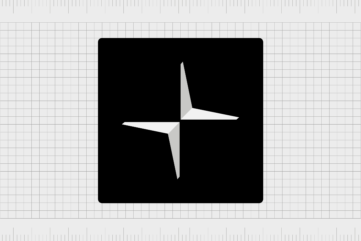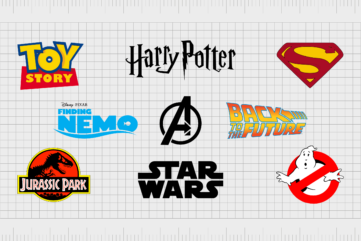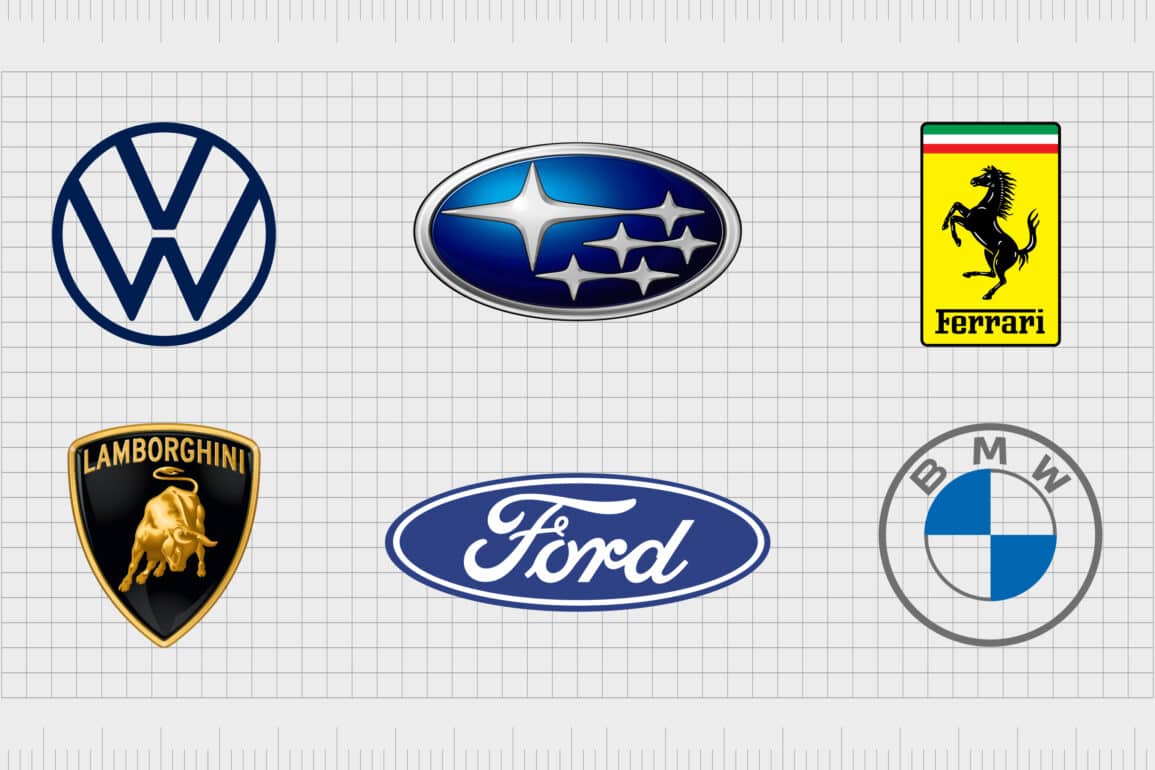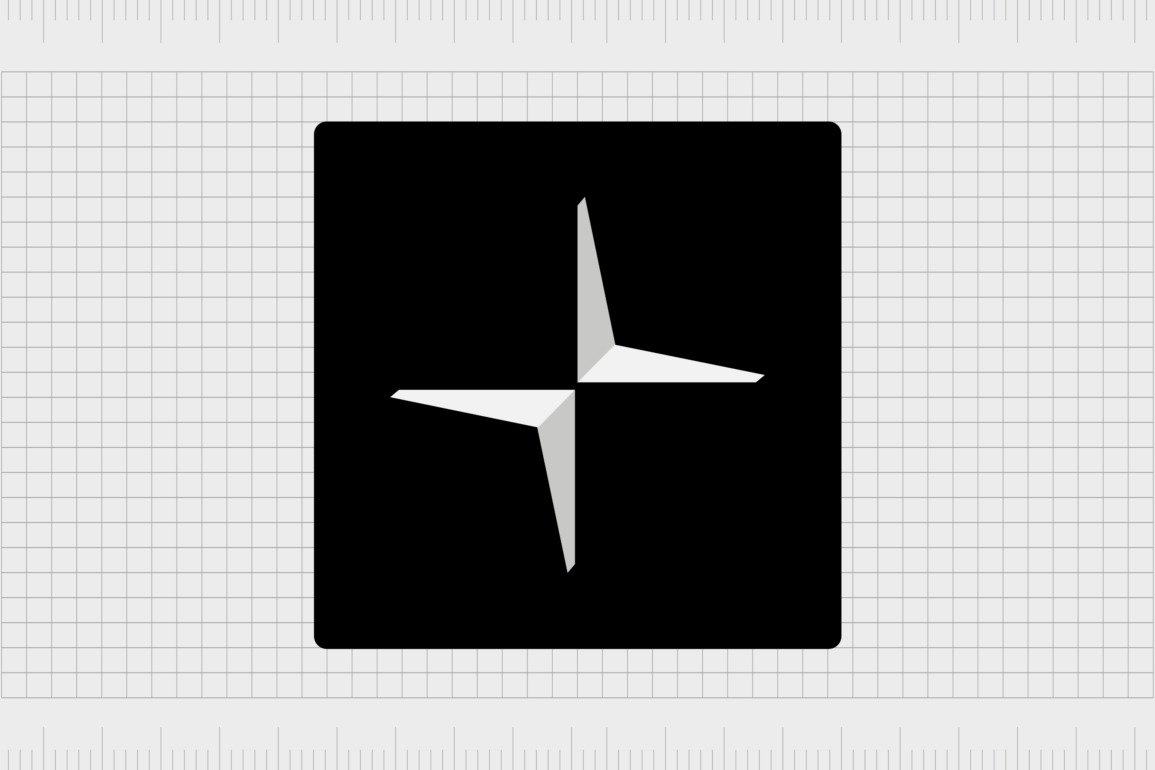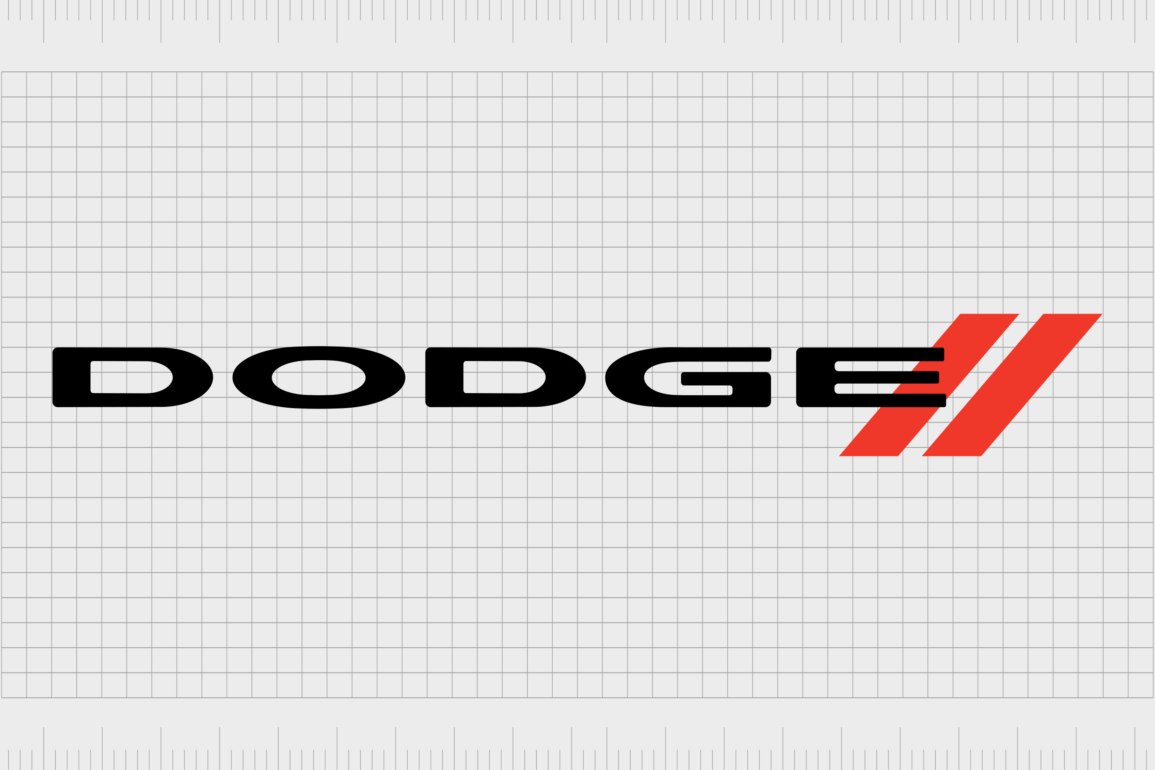The O2 logo history, symbol meaning, and evolution

How much do you know about the O2 logo? Today, the symbol has become an iconic part of the British telecommunications landscape. Virtually everyone with a smartphone or mobile contract knows O2 in the UK.
Indeed, the company currently stands as the UK’s largest mobile network operator, with a massive 31.3 million subscribers as of 2021.
However, the O2 logo wasn’t always the simple but memorable wordmark we know today. Over the years, the O2 brand has evolved, changing its visual identity and its name to suit a specific audience.
While the O2 symbol may seem like a somewhat minimalistic emblem for a major British brand, its history, and story imbue it with greater meaning.
Today, we will be taking a closer look at the O2 logo evolution over the years and how the brand has transformed.
O2 history: Introducing the O2 brand
Before we begin our deep dive into the O2 logo design, it’s worth looking at the O2 company and where it initially came from. O2, legally incorporated as “Telefonica UK Limited,” is one of the biggest telecommunications providers in the UK.
Although the company operates under the O2 brand, its owned by the Virgin Media O2 alliance, a joint venture between Liberty Global and Telefonica. Initially, this industry-leading company was launched in 1985 with the name “Cellnet.”
Founder John Carrington remained the brand’s CEO for a while before eventually passing the mantle onto leaders like Lutz Schüler.
When Cellnet first arrived in the telecommunications market, it was created as a 60:40 joint venture between the BT Group (British Telecommunications) and the Securicor brand. The venture initially stood as one of the first-ever mobile networks to arrive in the UK, alongside Vodafone.
In 1999, BT acquired the Securicor share of Cellnet and rebranded the O2 company to “BT Cellnet”, before launching the world’s first General Packet Radio Service. The soon-to-be O2 company formed a crucial part of the BT wireless division before eventually spinning off.
The O2 name change: How the O2 sign evolved
O2 maintained the names “Cellnet” and “BT Cellnet” for quite some time before it transitioned into the brand identity we know today. In 2002, the “BT Cellnet” division was spun off from BT to form a new holding company known as mmO2 PLC.
During this time, O2 introduced their new brand for the business, with the new “O2” name becoming official in 2005.
Although it’s uncertain why exactly the O2 company chose its unique moniker, many believe it’s intended to reference the importance of good communication in our current culture. Connecting with loved ones and colleagues is almost as important as oxygen in O2’s eyes.
Whatever the reason behind the name, it has stuck with the company over the last couple of decades. Even after Telefónica purchased the O2 company in 2006 for £18 billion, they agreed to retain the existing branding.
O2 logo evolution: The O2 symbol over the years
Perhaps unsurprisingly, the O2 logo has undergone many changes over the years, thanks in part to its changing name and identity. Before the famous wordmark appeared in the communications market, O2 had already experimented with several emblems.

1985
When Cellnet first launched in 1985, it did so with a relatively modern logo in bold blue. The image featured a honeycomb-style shape consisting of seven hexahedrons. The “cell” shape resembled a flower and highlighted the “connected” focus of the company.
The word “Cellnet” was placed underneath the design in a sans-serif, modern font.
Up to 1988, Cellnet only made minor changes to the font and layout of the logo design before introducing a more significant change.

1988
In 1988, Cellnet redesigned its logo, switching a blue and white color palette for a more traditional black and white alternative. The cell-style emblem became smaller and featured a shadow around the bottom half to make it appear like it was levitating from the screen.
The font choice remained relatively similar to the previous design, though the letters were slightly closer together.

1990
In 1990, Cellnet changed its logo entirely, eliminating the honeycomb-style structure in favor of a modern circular shape meant to represent a dish antenna. The wordmark for the company was removed from beneath the logo to the right-hand side.
The color palette evolved to a blue and black design with a hint of purple.

1999
When BT rebranded the O2 company as BT Cellnet, they also introduced a different logo. The coloring changed to blue and red, with a slightly different font choice. The letters appeared more rounded and modern, with the “Cellnet” component in all lowercase.
An image of a man playing an instrument, commonly connected to the BT brand at the time, appeared above the last letters of the logotype.

2002
Finally, when O2 spun off and created its own identity, it introduced a new logo that was different from anything the market had seen. The logo remains a core part of the company’s visual presence today, featuring a simple “O” with a smaller “2” placed next to it.
Though the O2 logo today might seem extremely minimalistic, it’s excellent for demonstrating the modernity and sophistication of the brand. It’s also depicted in a deep blue shade, often associated with trustworthiness and reliability.
O2 symbol meaning, colors, and fonts
Unlike many other brand logos, the O2 logo doesn’t tell the customer much about the business, its focus on the telecommunications industry, or anything else. However, this simple logo is excellent for drawing attention and grabbing audience interest.
Part of what makes the symbol so memorable is that it’s also the symbol we commonly use for “oxygen” in the scientific world. Most people already know this chemical symbol.
By using a relatively scientific image, O2 has been able to cement itself as an “essential” in the lives of its customers. It conveys an idea of authority and expertise.
Here are some valuable O2 logo resources if you’re looking for more insights:
What is the O2 logo font?
The O2 logo font is similar in style to the “Frutiger” typeface. It’s a bold and eye-catching typography option to capture audiences’ attention and demonstrate a friendly but authoritative personality.
The sans-serif design makes the O2 brand appear more modern and engaging, while the bold font delivers excellent legibility and clarity.
The O2 font is easy to read at any size and can appear in both white and blue, depending on the branding asset in question.
What are the O2 logo colors?
The primary O2 logo color is dark blue, often accompanied by white. Sometimes, the O2 logo appears in white font on a blue background. However, it can also include blue font on a white background.
The deep shade of blue is excellent for demonstrating credibility, reliability, and trustworthiness – all key characteristics of a telecommunications company.
The colors blue and white are also frequently associated with freshness and purity. This makes the color palette a fantastic choice for a company that wants to position itself as a breath of fresh air for the communications market.
Dark Navy Blue:
Hex: #000068
RGB: 0 0 104
CMYK: 100 100 0 59
Pantone: PMS 2745 C
O2 logo history: A breath of fresh air
The O2 logo has certainly gone through quite the journey over the years, thanks to the changing ownership of the company.
As the brand has evolved, its visual identity has transformed with it. Today, the O2 logo is an excellent insight into how simplicity and clarity can deliver outstanding results for any branding campaign.
With its simple but eye-catching logo, O2 tells its audience how important they consider the communication market to be. This trustworthy logo conveys a sense of superiority and excellence, ideal for making the business stand out from its competition.
Today’s O2 sign and brand symbol are crucial to what makes O2 such a compelling business for anyone considering a new telecommunications provider.
Fabrik: A branding agency for our times.


